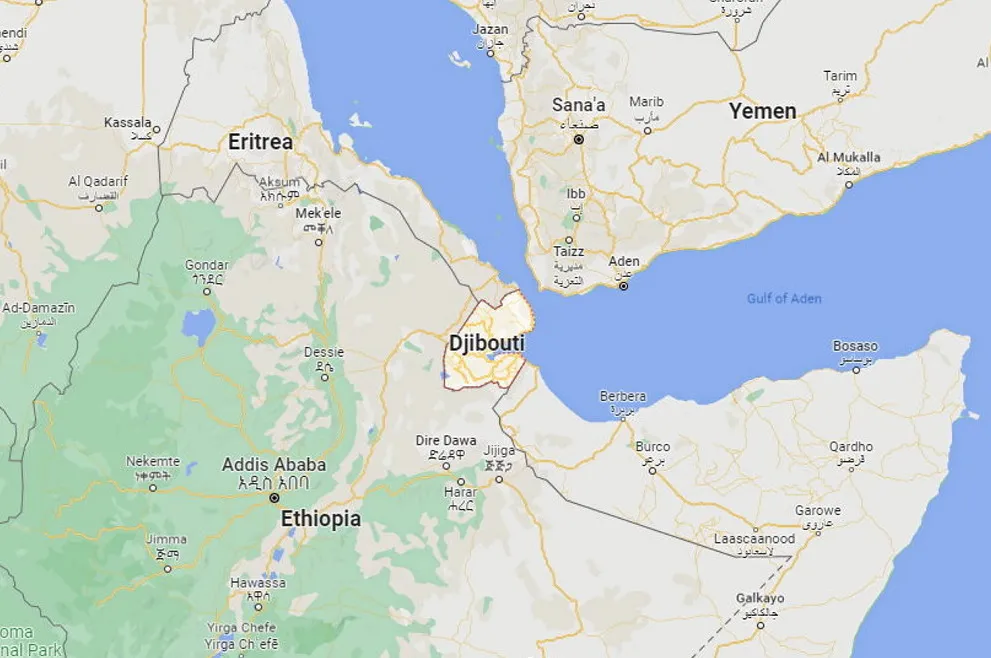‘Transformative to the national economy’ | Djibouti signs up for 10GW renewable energy and green hydrogen project
The plan, costing ‘tens of billions of dollars’ will provide clean energy to the small African nation and green ammonia for export

The plan, costing ‘tens of billions of dollars’ will provide clean energy to the small African nation and green ammonia for export
